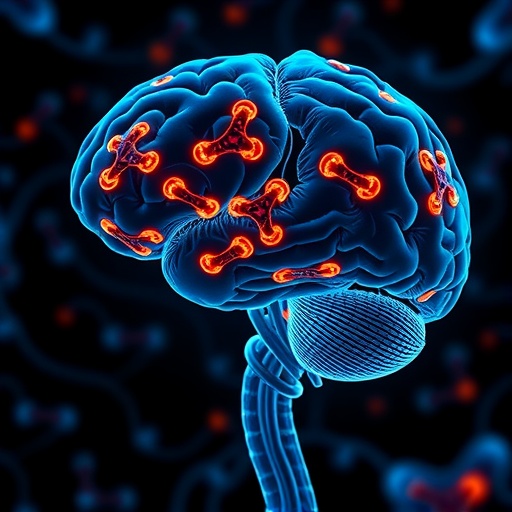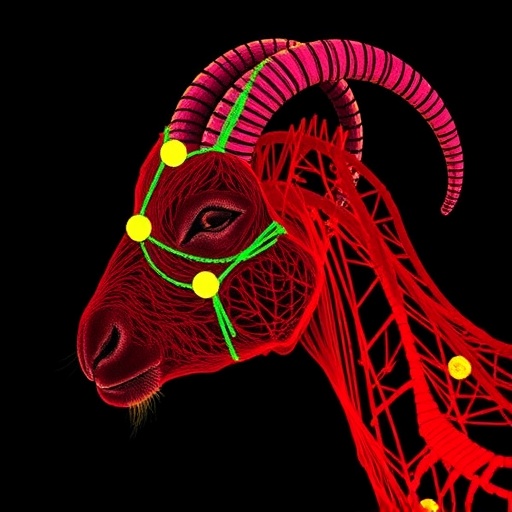The Vatican City Declaration on Global Aging Marks a Transformative Shift in Addressing the Complexities of an Aging World
In an era where demographic shifts are redefining the social, economic, and healthcare landscapes of nations worldwide, the Vatican City has stepped forward with a groundbreaking proclamation known as the Vatican City Declaration on Global Aging. This declaration emerges as a clarion call to governments, policymakers, scientists, and civil society advocates to reimagine aging—not as a challenge, but as a pivotal opportunity for collective human advancement. By framing aging through a prism of inclusivity and productivity, the declaration urges a unified global response that resonates with the urgency and complexity of the demographic realities we face today.
The global population is aging at a rate unprecedented in human history, a phenomenon driven by declining fertility rates and increased longevity thanks to advances in healthcare, nutrition, and social conditions. This demographic shift presents a multifaceted set of challenges and opportunities that intersect economic stability, healthcare provision, social cohesion, and technological innovation. The Vatican’s declaration synthesizes these diverse facets into a coherent strategy, emphasizing that the future of aging must be centered on the dignity and contribution of older populations, rather than solely on dependency or burden narratives.
One of the core tenets of the Vatican City Declaration is its advocacy for inclusive aging policies that transcend traditional ageist paradigms. The declaration explicitly calls for societal redesigns that accommodate the evolving capacities of older adults, underscoring the importance of creating environments where senior citizens can thrive socially and economically. This includes advocating for flexible retirement mechanisms, lifelong learning opportunities, and expanded roles in civic life that harness the wisdom and experience of older generations, thereby enriching community fabric and innovation ecosystems.
Technological innovation, particularly in the realm of gerontechnology, emerges as a pivotal theme within the declaration. By leveraging advancements in artificial intelligence, robotics, wearable health devices, and telemedicine, societies can enhance older adults’ autonomy and health outcomes. The Vatican stresses the ethical deployment of such technologies, advocating for frameworks that protect privacy, ensure equitable access, and foster user-friendly interfaces that accommodate cognitive and physical challenges associated with aging. The integration of technology is positioned not as a mere convenience but as a transformative tool for inclusive participation.
Healthcare systems worldwide face immense pressures due to the rising prevalence of chronic illnesses and multimorbidity among aging populations. The Vatican City Declaration underlines the urgency of healthcare reformation oriented toward integrated, patient-centered models. This involves prioritizing preventive care, multidisciplinary approaches, and community-based supports that can reduce hospitalizations and improve quality of life. Moreover, the declaration calls for intensified investments in aging research, particularly in understanding the biological mechanisms of aging, so interventions can be tailored to both prolong healthspan and address social determinants of health.
Economically, aging populations present complex implications for labor markets and social welfare systems. The declaration challenges the prevailing narrative of economic drain by emphasizing the potential for older adults to contribute productively within the workforce and through entrepreneurship. By promoting policies that combat age discrimination and support re-skilling initiatives, societies can leverage the vast reservoir of skills and knowledge older adults hold. This economic inclusion is viewed not as charity, but as a strategic imperative for sustainable prosperity in aging societies.
Integral to the declaration’s ethos is a deeply humanistic approach that aligns with the Vatican’s moral framework, highlighting that aging embodies not only biological transformations but profound cultural and spiritual dimensions. Recognition of older adults as bearers of heritage, moral wisdom, and intergenerational continuity shapes the declaration’s vision. It calls for global solidarity and cooperation, urging nations to dismantle systemic barriers that marginalize elderly populations and to cultivate cultures that celebrate aging as a vital phase of life’s journey.
The declaration also addresses the intersectionality of aging with other social determinants such as gender, socioeconomic status, ethnicity, and geographic location. It stresses that policies must be sensitive to the disproportionate vulnerabilities faced by marginalized older adults, including those in low-income settings or conflict zones. The Vatican advocates for inclusive frameworks that ensure equitable access to healthcare, social protection, and participation opportunities, recognizing these as fundamental human rights that transcend borders.
Education and awareness form another critical pillar emphasized in the declaration. Public narratives around aging often perpetuate stereotypes that engender stigma and isolation. By fostering educational initiatives that promote positive images of aging, societies can mitigate these harmful perceptions and galvanize mutual respect and empathy across generations. The declaration encourages intergenerational dialogue as a powerful vehicle to bridge divisions and co-create inclusive communities that uphold the dignity of all ages.
The role of international institutions and collaborations is foregrounded as vital for implementing the ambitions articulated in the Vatican City Declaration. It calls for synergistic efforts aligned with the United Nations’ Sustainable Development Goals (SDGs), particularly those related to health, reduced inequalities, and inclusive societies. Moreover, it promotes the establishment of global monitoring and accountability frameworks that track progress on aging-related indicators, ensuring transparency and encouraging robust policy adaptations grounded in empirical evidence.
Environmental sustainability is woven subtly yet significantly into the declaration’s fabric, recognizing that aging is inseparable from the health of the planet. It encourages designing age-friendly environments that are sustainable, accessible, and resilient to climate change impacts. This dual focus ensures that strategies to enhance older adults’ wellbeing are consonant with broader ecological imperatives, laying groundwork for intergenerational justice that secures both present and future generations’ welfare.
The Vatican City Declaration on Global Aging stands as a testament to a paradigm shift from reactive to proactive aging policies, emphasizing empowerment, justice, and collaboration. Its innovative framework challenges existing governance models, urging ethical leadership rooted in compassion and foresight. This vision reframes aging as an inclusive societal asset, rich with potential to spawn new ideas, bolster economies, and nurture cultural flourishes at a time when the demographic fabric of humanity is undergoing profound transformation.
As nations navigate the complexities of aging, the Vatican’s call invites multi-sectoral partnerships that meld scientific innovation with ethical stewardship. From biotech advancements targeting age-related diseases to social policy reforms combating elder abuse, the declaration charts a comprehensive roadmap. It beckons researchers, innovators, and policymakers to converge on mission-driven agendas that prioritize universality and sustainability in aging—ensuring that every individual’s second half of life is marked by opportunity, respect, and participation.
Ultimately, the Vatican City Declaration on Global Aging extends a moral imperative to reimagine the normative frameworks that govern aging, placing humanity’s shared dignity and potential at the forefront. It challenges entrenched narratives of decline, proposing a future where aging is synonymous with continued growth and societal contribution. In doing so, it lays a foundation for global action that is as ambitious as it is compassionate, setting a visionary course toward inclusive and productive futures for all.
Subject of Research: The Vatican City Declaration on Global Aging and its implications for inclusive and productive aging policies globally.
Article Title: The Vatican City Declaration on Global Aging advocates advancing inclusive and productive futures for all.
Article References:
Minter-Jordan, M., Paglia, V. The Vatican City Declaration on Global Aging advocates advancing inclusive and productive futures for all. Nat Aging (2025). https://doi.org/10.1038/s43587-025-00998-9
Image Credits: AI Generated
Tags: challenges of aging populationscollective human advancementdignity of older adultseconomic implications of agingglobal demographic shiftsglobal response to aging challengeshealthcare and aginginclusive approach to aginginnovative solutions for agingopportunities in aging demographicssocial cohesion in aging societiesVatican City Declaration on Global Aging





